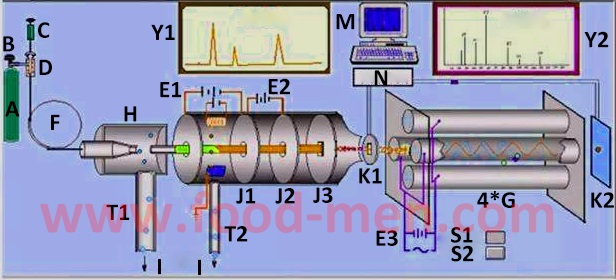Gas Chromatograph-Mass Spectrometer
Item No.: 4-0-0-2
This gas chromatography-mass spectrometer is able to determine the composition of complex mixtures by taking advantage of the column's efficient separation capabilities and accurate identification of mass spectrometry units. It is the best instrument for precision analysis and testing in the laboratory.
INQUIRY

